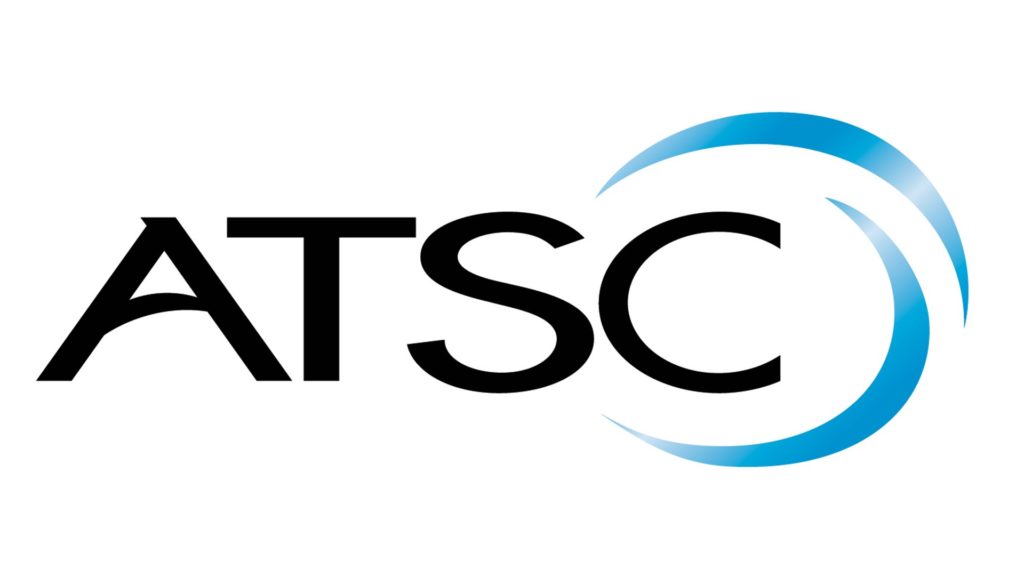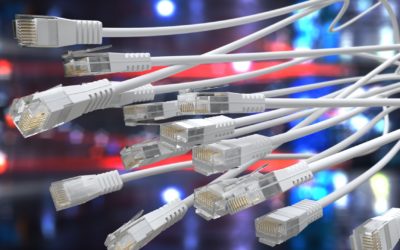We’re extremely happy to announce our new ATSC membership and excited about working to help broadcast networks innovate and shape the way users will watch TV in the future.
So let’s talk about that.
More than ever before, we’re watching TV everywhere – on iPads, smartphones, laptops and of course televisions. While we’re watching increasing amounts of on-demand content, linear TV remains huge and will be for many years to come.

No matter what they’re watching, it’s safe to say users don’t care about how the content reaches their device. As long as it plays when they hit the button, it doesn’t stall or crash and the video quality is top-notch, the user is happy.
But internet streaming is soaring, particularly during the pandemic, and even linear TV is often streamed. But the internet was never designed to carry the immense amount of traffic generated by TV streaming. Internet connections are already throttled due to excessive traffic and although speeds increase as technology evolves, the insatiable demand is increasing much faster.
But there is a solution!
With new advanced DTT standards, such as ATSC 3.0 (and DVB-NIP over DVB-T2 in Europe), IP data traffic can dynamically be broadcast to offload the broadband connections.
In fact, with our solution (can we link to it), we can use the ATSC 3.0 networks to do several things: livestream big sports events like the Super Bowl; pre-distribute popular on-demand content during off-hours; datacast at massive scale; greatly improve connectivity in rural areas with minimal CAPEX; and more.
Oh, and it not only plays on televisions, but also tablets, smartphones, laptops and indeed any connected device.
The coming months will be very exciting. We’ll be working with broadcast to unicast over ATSC 3.0, Low Latency streaming over ATSC 3.0, Edge caching with ATSC 3.0 fronthauling and Broadcast Internet in rural areas.
Happy days!



